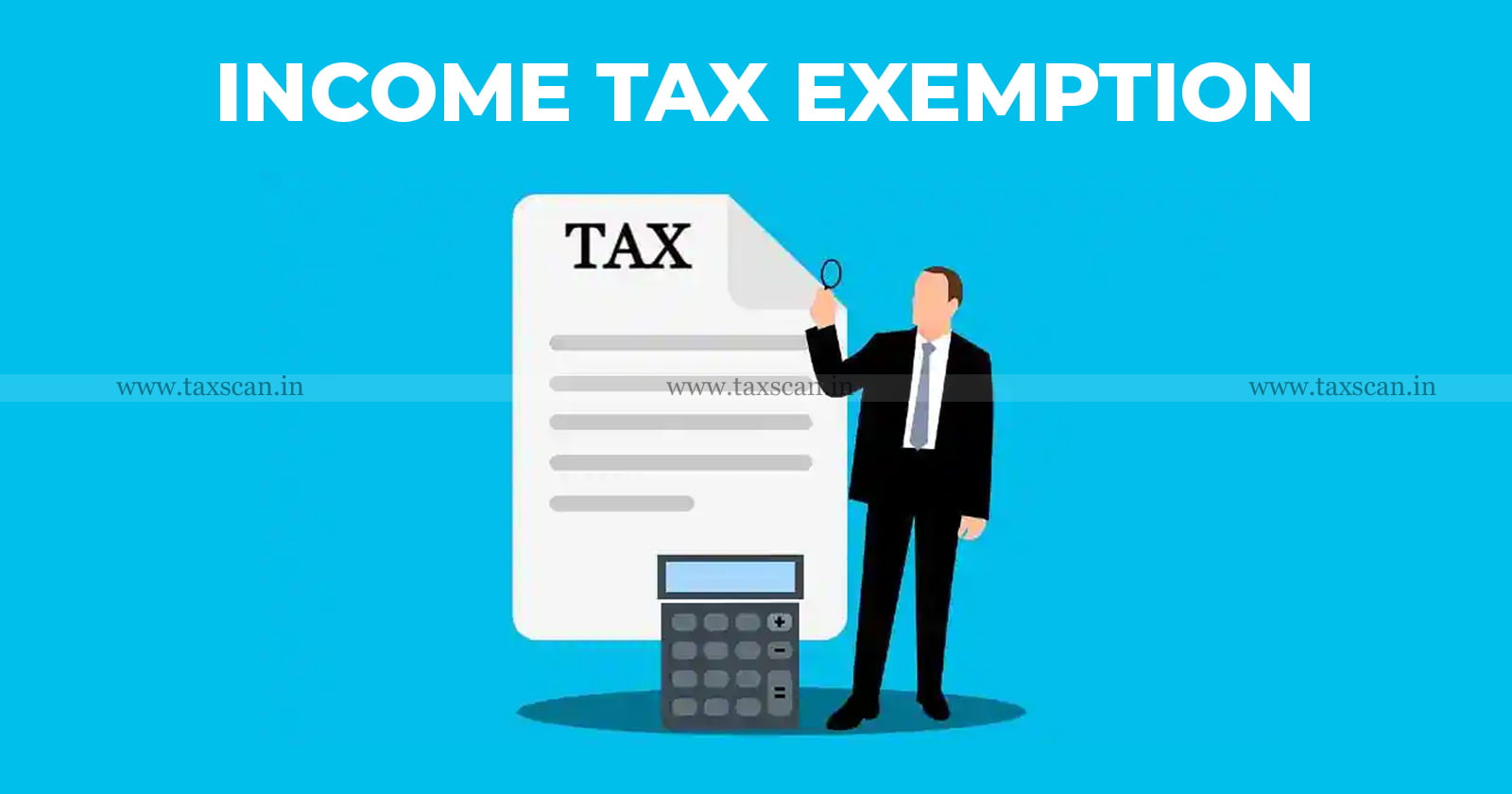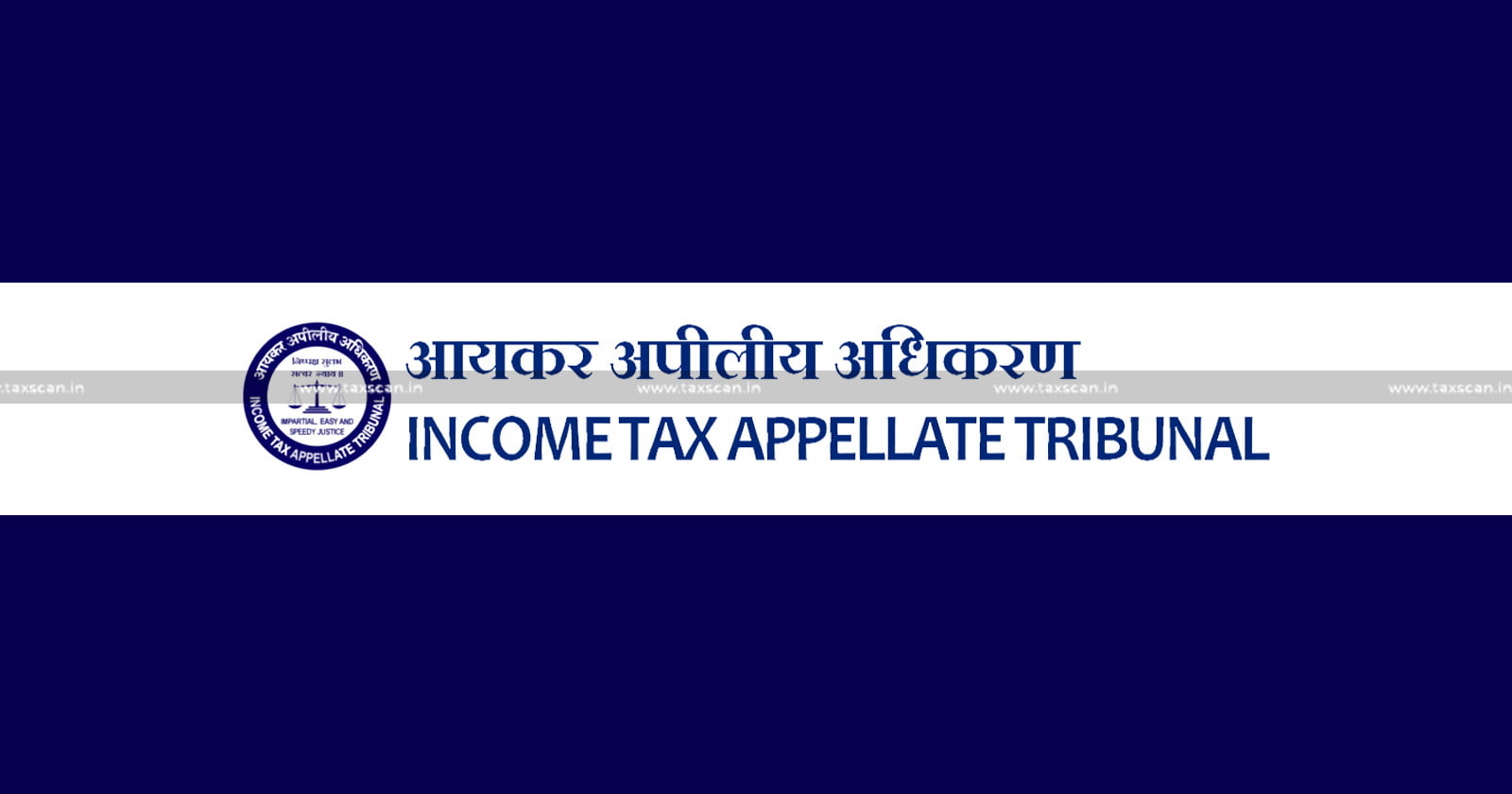ITAT grants Relief to Wadhwagroup Holdings Deleting Disallowances Amounting ₹213.04 crore [Read Order]
The Tribunal upheld Wadhwagroup Holdings’s accounting methods and commercial decisions.
![ITAT grants Relief to Wadhwagroup Holdings Deleting Disallowances Amounting ₹213.04 crore [Read Order] ITAT grants Relief to Wadhwagroup Holdings Deleting Disallowances Amounting ₹213.04 crore [Read Order]](https://images.taxscan.in/h-upload/2025/09/30/2092760-disallowance-taxscan.webp)
The Mumbai Bench of the Income Tax Appellate Tribunal, in a common order for cross appeals concerning Assessment Year 2020-21, granted substantial relief to Wadhwagroup Holdings by deleting tax disallowances aggregating ₹2,13,03,85,960. The Tribunal dealt with issues relating to subleasing expenses, reversal of flat sales, project construction costs, interest expenditure, classification of common area maintenance (CAM) charges, and deemed rental income under the Income Tax Act, 1961, and ruled largely in favour of the assessee.
The appellant, Wadhwagroup Holdings Private Limited, is engaged in real estate development, leasing, and property management. In scrutiny assessment proceedings concerning Assessment Year 2020-21, the Assessing Officer (AO) made several additions and disallowances.
These included:
- denial of deduction of sublease expenses claimed under Section 57(iii),
- reduction in business loss and disallowance of construction costs related to Project “Nest”,
- disallowance of huge interest expenditure under Section 36(1)(iii),
- recharacterisation of common area maintenance (CAM) charges as “income from house property”,
- disallowance of unallocable expenses and depreciation,
- addition of deemed rental income under Section 23(1)(a).
These issues were partly upheld and partly deleted by the Commissioner of Income Tax (Appeals) [CIT(A)], resulting in cross appeals by both sides before the Tribunal.
Represented by Madhur Agrawal and Shalini R. Jain, the assessee submitted that the sublease expenses incurred at Raghuleela Arcade Mall were necessitated by commercial expediency, as smaller shop units had become non-viable and leasing them collectively to large brands such as Pantaloons and PVR ensured the survival of the mall.
It was further argued that the reversal of sales and construction cost allocation for Project “Nest” was in accordance with the Percentage Completion Method (PCM) consistently followed by the company, and that such accounting accurately reflected its income.
On interest expenditure, it was submitted that the substantial borrowings were utilised for ongoing projects which had been stalled due to actions of regulatory authorities, and hence the claim under Section 36(1)(iii) was legitimate.
 Also Read:Serious Illness of Grandson: ITAT remands Section 54F Income Tax Exemption Claim to AO [Read Order]
Also Read:Serious Illness of Grandson: ITAT remands Section 54F Income Tax Exemption Claim to AO [Read Order]
It was contended that CAM charges represented reimbursements from tenants towards actual expenses of maintenance and electricity, and therefore had to be taxed as business income rather than as income from house property.
On the addition of deemed rental income, the assessee emphasised that the property-in-order had been used for storing company records and partially as a guest house since 2006, and that no such addition had ever been made in earlier years, invoking the principle of consistency.
Represented by Dr. Kishor Dhule, the revenue contended that the sublease expenses were not incurred wholly and exclusively for earning sublease income, as required under Section 57(iii), and therefore were not deductible.
The reduction of sales revenue and booking of costs in Project “Nest” was alleged to be in violation of the matching principle of accounting and the provisions of the Act, as costs cannot be claimed without corresponding revenue.
On the issue of interest expenditure, it was argued that the borrowings were used for investments in properties and other assets, and not exclusively for business purposes, thereby making the claim under Section 36(1)(iii) inadmissible.
 Also Read:ITAT Delivers Twin Blow to Revenue; Upholds 80-IA on Amalgamated Units, Caps 14A at Actual Exempt Income [Read Order]
Also Read:ITAT Delivers Twin Blow to Revenue; Upholds 80-IA on Amalgamated Units, Caps 14A at Actual Exempt Income [Read Order]
With respect to CAM charges, the revenue submitted that they were intrinsically linked to rental income and had to be assessed as part of “income from house property,” as held by certain judicial precedents.
It was further submitted that deemed rental income on the property-in-order was rightly assessed, since the property was an investment asset and not used in business.
The Bench comprising VicePresident, Saktiijit Dey and Accountant Member, Narendra Kumar Billaiya on the issue of subleasing expenses,held that the assessee’s arrangement of leasing small units collectively to large tenants was a prudent commercial decision taken to keep Raghuleela Mall operational. It observed that commercial expediency of a businessman cannot be questioned by the revenue, and accordingly upheld the deletion of the disallowance of ₹1,67,71,848 made under Section 57(iii).
On the reversal of sales and construction costs in Project “Nest,” the Tribunal noted that the assessee had refunded amounts to flat buyers and incurred additional construction costs, and that its accounting treatment under the Percentage Completion Method reflected true income. The disallowances of ₹3,51,44,651 and ₹4,04,89,652 were therefore deleted.
Regarding interest expenditure of ₹2,65,27,32,829, the Tribunal referred to the Bombay High Court’s decision in Taparia Tools Ltd. v. JCIT (2003) and observed that under the mercantile system, the matching concept must be applied consistently. It held that the AO could not selectively alter the method of accounting for a single project.
 Also Read:Debatable Warranty Provision Disallowance u/s 37(1) Falls Outside Section 154 Scope: ITAT [Read Order]
Also Read:Debatable Warranty Provision Disallowance u/s 37(1) Falls Outside Section 154 Scope: ITAT [Read Order]
Consequently, the disallowance of ₹2,04,20,10,031 was deleted, while ₹16,89,74,776 relating to Palm Beach Arcade was directed to be capitalised.
On disallowance under Section 14A, the Tribunal held that the issue is no more res integra relying on the judicial precedent of Delhi High Court’s PCIT v. Caraf Builders and Constructions Pvt. Ltd. (2019), and thus restricted the disallowance accordingly.
On the classification of CAM charges, the Tribunal referred to the Bombay High Court ruling in CIT v. Runwal Developers (P) Ltd. (2011) and held that such charges were reimbursements for maintenance and electricity expenses, not rental income, and must therefore be assessed as business income. The disallowance of ₹34,58,543 relating to CAM expenses was deleted. The Tribunal also upheld deletion of disallowances on unallocable expenses and depreciation, noting that such expenses were incurred at head office level and depreciation had already been adjusted.
 Also Read:Service Tax Disallowed u/s 43B from Existing Tax Audit Report Without Fresh Material: ITAT quashes Erroneous Reassessment by AO [Read Order]
Also Read:Service Tax Disallowed u/s 43B from Existing Tax Audit Report Without Fresh Material: ITAT quashes Erroneous Reassessment by AO [Read Order]
Finally, on the issue of deemed rental income from the property-in-order, the Tribunal applied the principle of consistency as laid down in Radhasoami Satsang v. CIT (1992) by the Supreme Court, and directed deletion of the addition of ₹23,11,235 under Section 23(1)(a).
Therefore, ITAT partly allowed the appeal of the assessee.
Consequently, dismissed the appeal of the revenue.
Support our journalism by subscribing to Taxscan premium. Follow us on Telegram for quick updates



